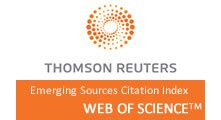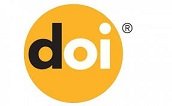Supporting Engineering Design Ideas with Science and Mathematics: A Case Study of Middle School Life Science Students
1425
666
Abstract
Although engineering design is dependent upon the use of science and mathematics, the actual prototype, model, or solution that pre-college students generate can be accomplished without the students explicitly using scientific or mathematical concepts. It is therefore important to explore how students apply science and mathematics concepts when engaged in a curriculum that was purposefully developed to foster student understanding of standards-based content. The purpose of this research is to apply the case study method to explore the following research question: How do middle school students use scientific and mathematical concepts that were explored during the problem scoping lessons of an engineering design-based STEM integration unit to generate ideas and make design decisions? Researchers collected data from one 7th-grade team during an integrated STEM unit and applied qualitative content analysis methods to examine the data. The findings show that students meaningfully used science and mathematics concepts taught within the unit to defend their engineering design ideas/decisions. It also revealed incomplete understanding of certain concepts. Engineering design can provide opportunities for teachers to assess how well students have learned scientific and mathematical concepts, provided that the curricula are carefully designed to prompt students‘ use of content to make design decisions.
Full Text:
PDFReferences
Mathis, C.A., Siverling, E.A., Moore, T.J., Douglas, K.A., & Guzey, S.S. (2018). Supporting engineering design ideas with science and mathematics: A case study of middle school life science students. International Journal of Education in Mathematics, Science and Technology (IJEMST), 6(4), 424-442. DOI: 10.18404/ijemst.440343
Refbacks
- There are currently no refbacks.
Copyright (c) 2018 International Journal of Education in Mathematics, Science and Technology







International Journal of Education in Mathematics, Science and Technology (IJEMST)

This work is licensed under a Creative Commons Attribution-NonCommercial-ShareAlike 4.0 International License.
ISSN: 2147-611X (Online)
